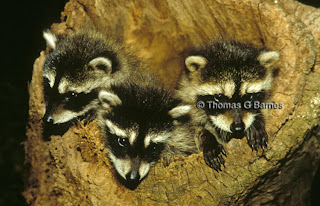The Common Milkweed can be seen
throughout most of Kentucky and is found on many Kentucky State Parks.
Lake Cumberland does have milkweed plants in various areas of the park.
The milkweed is a native plant. Many people see the milkweed as a
nuisance plant, but to the insect world it is their life line.
As
you can see the milkweed has numerous pods of buds on the plant. As
they mature and blossom they become an essential food source for many
insects that are a very important part of pollination of other plants
too. Keeping a healthy balance in nature is the key to ensuring the
existence of food sources for everyone.
The
Common Milkweed is very beneficial to the insect
world of nature. The milkweed provides food and nourishment to numerous types of insects especially Monarch butterfly larvae, Swallowtail
butterflies, Bumblebees, Honeybees, Ruby Throated Hummingbird, Black Carpenter Ants, and the beautiful Snowberry Clearwing Hawk Moth. These
are just a few insects that depend on the milkweed plant for food.
Here
you can see the Snowberry Clearwing Hawk Moth sipping nectar from the
beautiful purple blossoms. Once the pods are in full bloom they provide
a substantial food source for the moth.
Here
we see the bumblebee and hawk moth dining together. It is not unusual
to see four to five bumblebees on one blossom. The huge purple balls of
nectar attract almost any hungry insect present.
So when you sneeze and snarl...remember the importance of the milkweed plant in nature.
For more information on the common milkweed plant visit the following websites:
Written by: Kathy Myers- Volunteer













